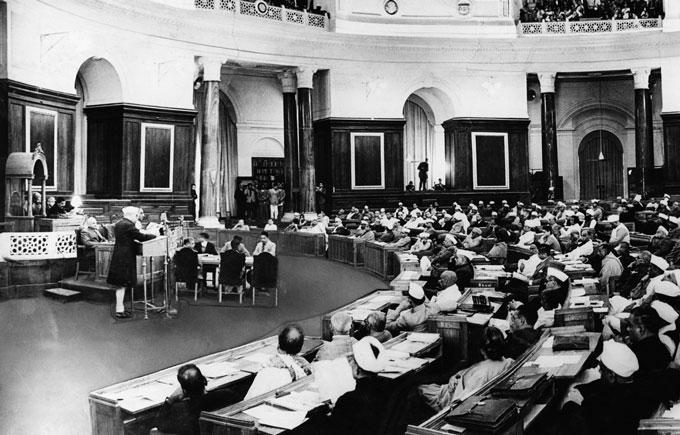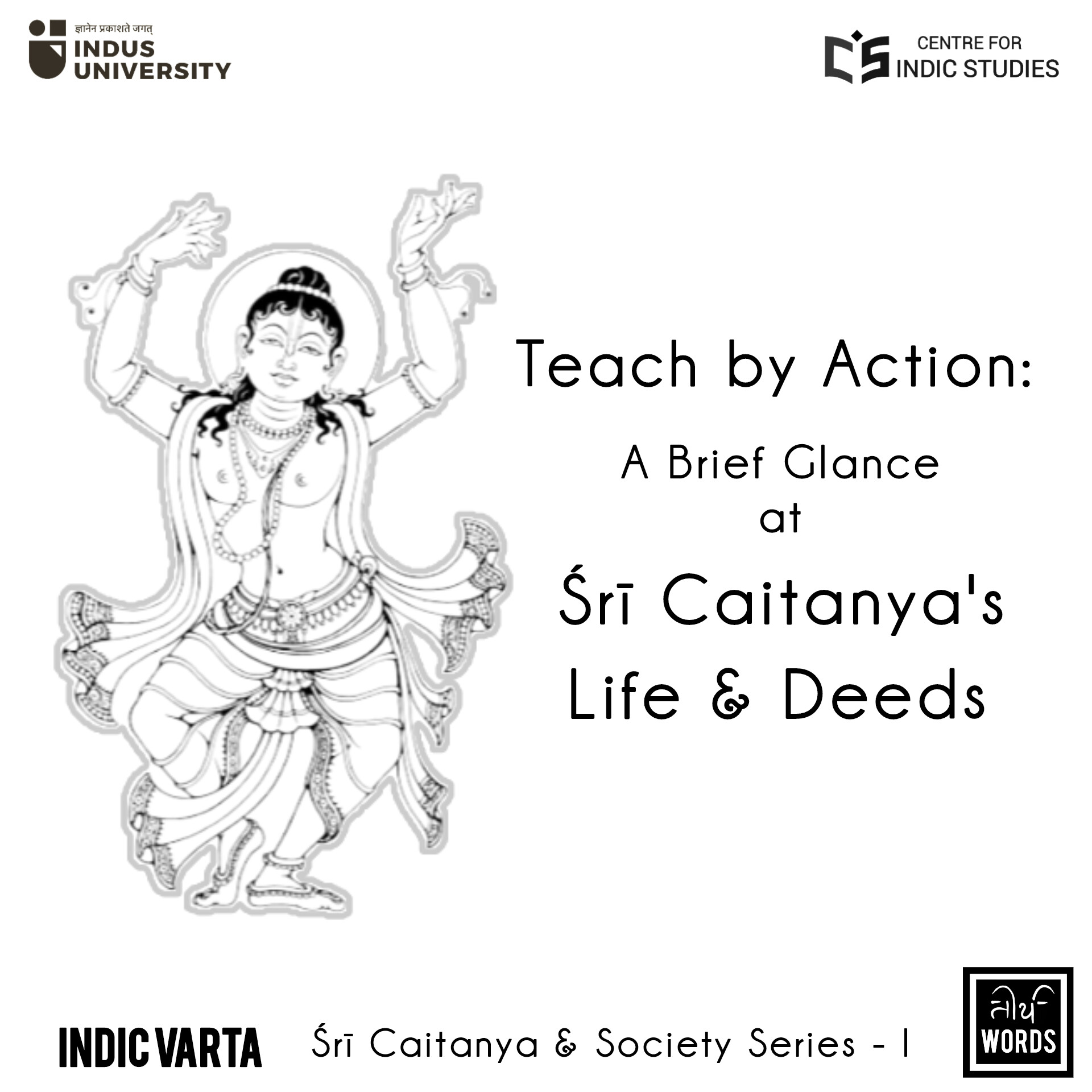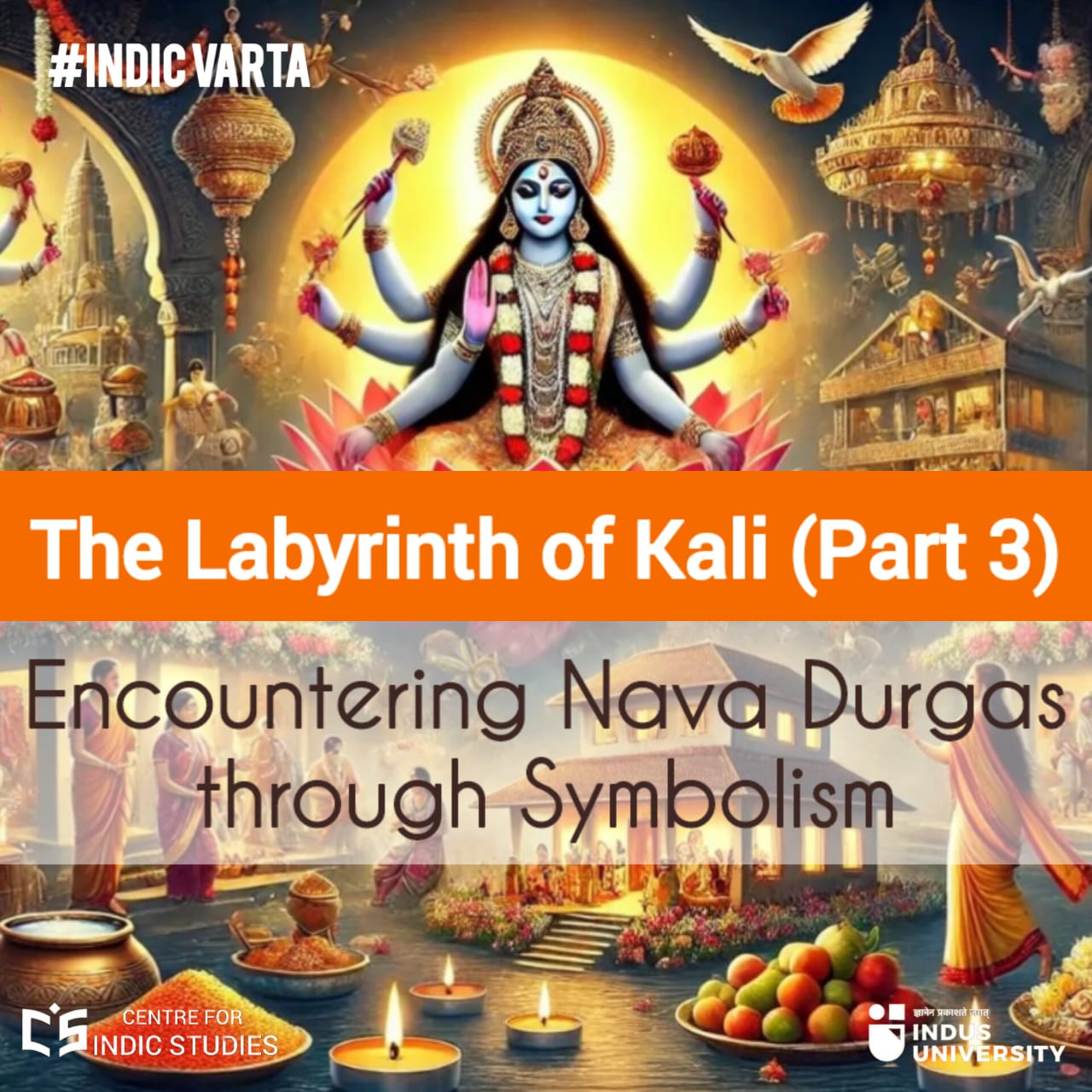- Visitor:24
- Published on:
VAV – the site of stone carved models
The Vavs are generally constructed of sandstone and limestone texture which are permeable and semi-permeable rocks that allow the rainwater to percolate and flow through the levels and the multi-storeyed construction and reach the wells in a controlled rhythm. This also sets an example of a unique method of rainwater harvesting in those eras.

Vav in the Gujarati language is referred to as stepwells. Gujarat is a semi-arid region with a low annual average precipitation. It is considered a drought-prone area. The dearth of water probably gave birth to such wells where the inhabitants used to depend on the groundwater for their daily use. It seems that these Vavs were not mere wells with the plight of stairs for domestic use but also a confluence of art and architecture and stories that are etched in history. Based on the archaeological evidence, there are different types of Vav or step-wells based on the entrance as mentioned in the ancient texts such as Rajvallabha. The four types of step-wells are Nanda – with one entrance, Bhadra –with two entrances, Jaya – with three entrances and Vijaya– with four entrances (Stepwells or Vavs of Gujarat, 2018).
The Vavs are generally constructed of sandstone and limestone texture which are permeable and semi-permeable rocks that allow the rainwater to percolate and flow through the levels and the multi-storeyed construction and reach the wells in a controlled rhythm. This also sets an example of a unique method of rainwater harvesting in those eras.
My short journey of Vavs commenced with the Sevasi Vav situated at Sevasi, Vadodara. It was almost five kilometres ride away from my residence, the Old Padra road. It is under the state department of Archaeology and is believed to be built in the year 1496. An inscription on one of its beams credits the vaav to have been built in Samvat by Sultan Mahmud Begda to venerate Vidyadhar a spiritual saint from the nearby village of Sevasi (Conservancy Works and Research Shop, 2022). It is a combination of brick and stone masonry-oriented east-west and is ornamented well with motifs and reliefs of flowers and animals like elephants and peacock-like birds. Sevasi Vav will fall in the category of Nanda as it has only one entrance. It was like a Infinity mirror effect created by the multiple pillars and beams standing tall and stacked in a disciplined way. It was an illusionary effect creating an impression of frames of doors within the frames of doors. It was a cage-like structure that may use to act as a cover and gave privacy to the people using the Vav.

As a dancing body, I felt this location was ideal for my dance project as its beauty and that Infinity mirror effect aesthetically elevated my dancing postures. Now, this Vav is mainly used for religious purposes by the locals who worship Devi. At present, this well is not in use and not well maintained by the authority. I also discovered that it is not a very popular or known site to the people settled in Vadodara. My first visit to a Vav turned out to be a very insightful experience and I developed a great interest in Vavs. My next stop was Ahmedabad to visit the Adalaj Vav near Ahmedabad.
My second stop was Adalaj Vav also popular as Rudabaini Vav or Rudabai stepwell is intricately carved and is five stories deep and was built in 1498. Adalaj stepwell also carries the legacy of classic Indo-Islamic architecture of the 16th century. There is a story behind this fusion of architectural design. Its construction was started by Rana Veer Singh of the Vaghela dynasty of Dandai Desh. But he was killed in a war, whereafter the Muslim king Mahmud Begada of a neighbouring state built it in Indo-Islamic architectural style, in 1499. It is said that Rani Rudabai, the wife of King Rana Veer Singh wanted to perform Sati but Begada prevented her and proposed for marriage. Rani Rudabai accepted his proposal on the condition that Begada would complete the construction of Vav. Begeda was enamoured by her beauty and accepted her condition to finish the construction. After the completion of the well, Rani jumped into the well and gave her life by ending the saga of building the well with tragedy, without marrying Begada (Editor, 2018).
Adalaj Vav falls under the Jaya type as it is with three entrances. This Vav was quite large than the Sevasi Vav and adorned with motifs of flowers and graphics of architecture blended very well with the symbols of Hindu and Jain’s gods carved at various levels of the well. The dominant carvings on the upper floors are of elephants and the Islamic architectural style could be attributed to the Muslim king Begda who built it. A narrow border-like construction shows a sequence of war and then the other border-like structure shows two elephants face to face. These sequences are repeated so one can notice repetition in the border-like structure. Vav is carved with women performing daily chores such as churning buttermilk, adorning themselves, and scenes of the performance of dancers and musicians. It is an open sky octagonal-shaped structure. The intricately carved pillars are quite significant. As a dancer, the intricacies on the pillar walls, the geometric motifs and the flower motifs gave the inspiration to implement in our choreographies by bringing dialogues with the usage of space and formations, postures, costume and jewellery designing.
Gujarat is called the “ land of stepwells” for being host to many earliest stepwell structures. It is undeniable that these Vav structures signify the importance of the conservation of water at a community level. Vavs or step-wells have inspired me deeply from an artistic and aesthetic point of view. The magnifying journey from a smaller Sevasi Vav in Vadodara to Adalaj Vav near Ahmedabad was quite rewarding and heart-warming. There cannot be any comparison between these three sites as each place hold its vibes and has its stories. To me, the well and the illusionary Infinity mirror effect created by the multiple pillars were the common thread between all these Vavs. And one common question remains in my mind and is difficult to determine, whether the artists had any live models, or real dancing maidens for some of their work or is it simply an outcome of their brilliant imaginative, aesthetic, and experiential knowledge?
References:
Conservancy Works and Research Shop (2022), The Baroda Collective: Stage 1: Inventory Record, The Heritage Trust of Baroda
Editor (2018) , Adalaj Stepwell (Adalaj Ni Vav) Ahmedabad: History, Timings & Directions, Ashaval, viewed on 15.05.2022, Available at https://ashaval.com/all-you-need-to-know-about-adalaj-ni-vav-011099/
Parikh M. R (Ed.) (july 1, 2014), Rani-ki-vav’s monumental women, The times of India
Stepwells or Vavs of Gujarat- A Perfect Example for a community Based Rainwater Harvesting (2018),Chaitanya- Rain Harvest products and system, viewed on 15.05.2022, Available at https://www.chaitanyaproducts.com/blog/stepwells-or-vavs-of-gujarat-a-perfect-example-for-a-community-based-rainwater-harvesting/
Center for Indic Studies is now on Telegram. For regular updates on Indic Varta, Indic Talks and Indic Courses at CIS, please subscribe to our telegram channel !
- 12 min read
- 0
- 0










